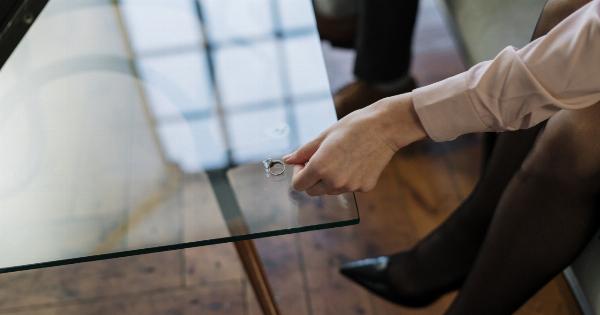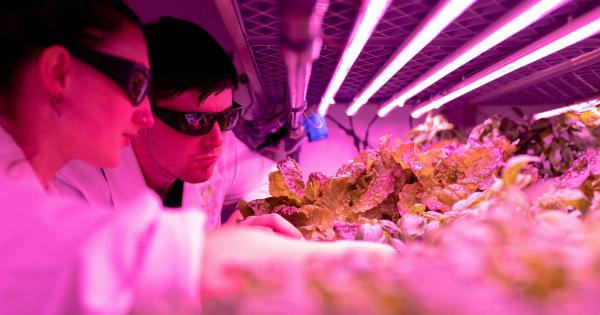World AIDS Day is celebrated every year on December 1st to raise awareness about HIV/AIDS, show support for those living with the virus, and commemorate those who have died.
It is a day to reflect on the progress made in the fight against HIV/AIDS and to renew our efforts to end the epidemic. Building societies of hope is one of the ways we can achieve this goal.
HIV/AIDS: A Global Epidemic
HIV/AIDS is a global epidemic that has affected millions of people around the world. According to the World Health Organization (WHO), there were approximately 36.7 million people living with HIV/AIDS at the end of 2016.
In the same year, 1.8 million people were newly infected with the virus and 1 million people died from AIDS-related illnesses.
The Importance of Building Societies of Hope
Building societies of hope is crucial in the fight against HIV/AIDS. HIV/AIDS not only affects the physical health of individuals but also their mental and emotional well-being.
Stigma and discrimination often accompany HIV/AIDS, making it difficult for those living with the virus to access healthcare services and live fulfilling lives.
Building societies of hope involves creating a supportive and inclusive environment for people living with HIV/AIDS, where they can access healthcare services without fear of discrimination and receive the support they need to live healthy and productive lives.
Creating Inclusive Healthcare Systems
Inclusive healthcare systems are essential in building societies of hope. People living with HIV/AIDS should be able to access healthcare services without fear of discrimination or stigma.
Healthcare providers should be trained to provide quality care to people living with HIV/AIDS, and the community should be educated about the virus to reduce stigma and discrimination.
Providing Access to Antiretroviral Therapy (ART)
Antiretroviral therapy (ART) is a lifesaving medication that helps people living with HIV/AIDS manage the virus and prevent the progression of the disease. Access to ART is essential for people living with HIV/AIDS to live healthy and productive lives.
Building societies of hope involves ensuring that everyone living with HIV/AIDS has access to ART, regardless of their social or economic status.
Empowering Women and Girls
Women and girls are disproportionately affected by HIV/AIDS. According to UNAIDS, young women and adolescent girls aged 15-24 years accounted for 20% of all new HIV infections among adults in 2019.
Building societies of hope involves empowering women and girls by providing them with education, access to healthcare, and economic opportunities. Empowered women and girls are more likely to protect themselves from HIV/AIDS and access healthcare services when needed.
Preventing Mother-to-Child Transmission of HIV
Mother-to-child transmission of HIV can occur during pregnancy, childbirth, or breastfeeding. Vertical transmission can be prevented through the use of antiretroviral medication, good maternal nutrition, and safe delivery practices.
Building societies of hope involves providing pregnant women living with HIV/AIDS with the necessary support and medication to prevent vertical transmission.
Confronting Stigma and Discrimination
Stigma and discrimination are major barriers to ending the HIV/AIDS epidemic. Building societies of hope involves confronting stigma and discrimination by educating communities about the virus and promoting tolerance and acceptance.
People living with HIV/AIDS should not be discriminated against, but rather treated with compassion and respect.
Conclusion
World AIDS Day is a reminder that the fight against HIV/AIDS is far from over. Building societies of hope is one of the ways we can end the epidemic by creating supportive and inclusive environments for those living with the virus.
By providing access to healthcare, empowering women and girls, preventing mother-to-child transmission, and confronting stigma and discrimination, we can make progress towards ending HIV/AIDS once and for all.




























